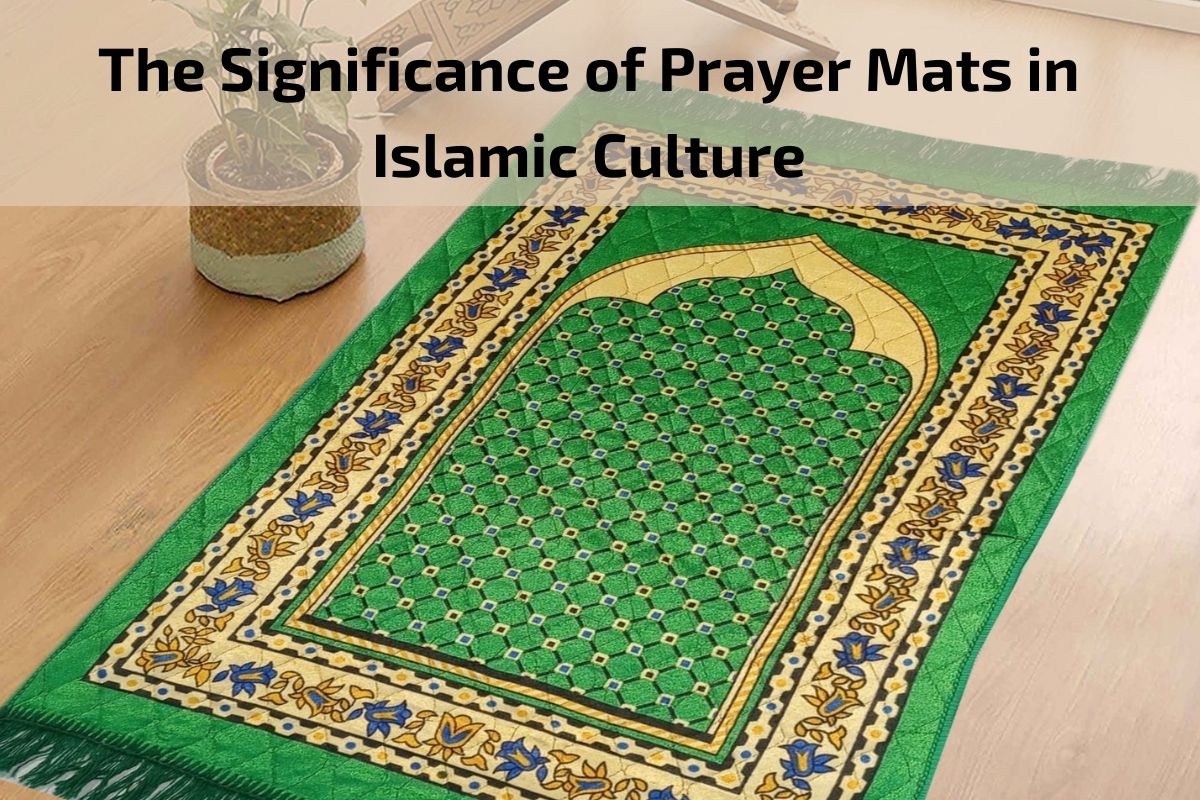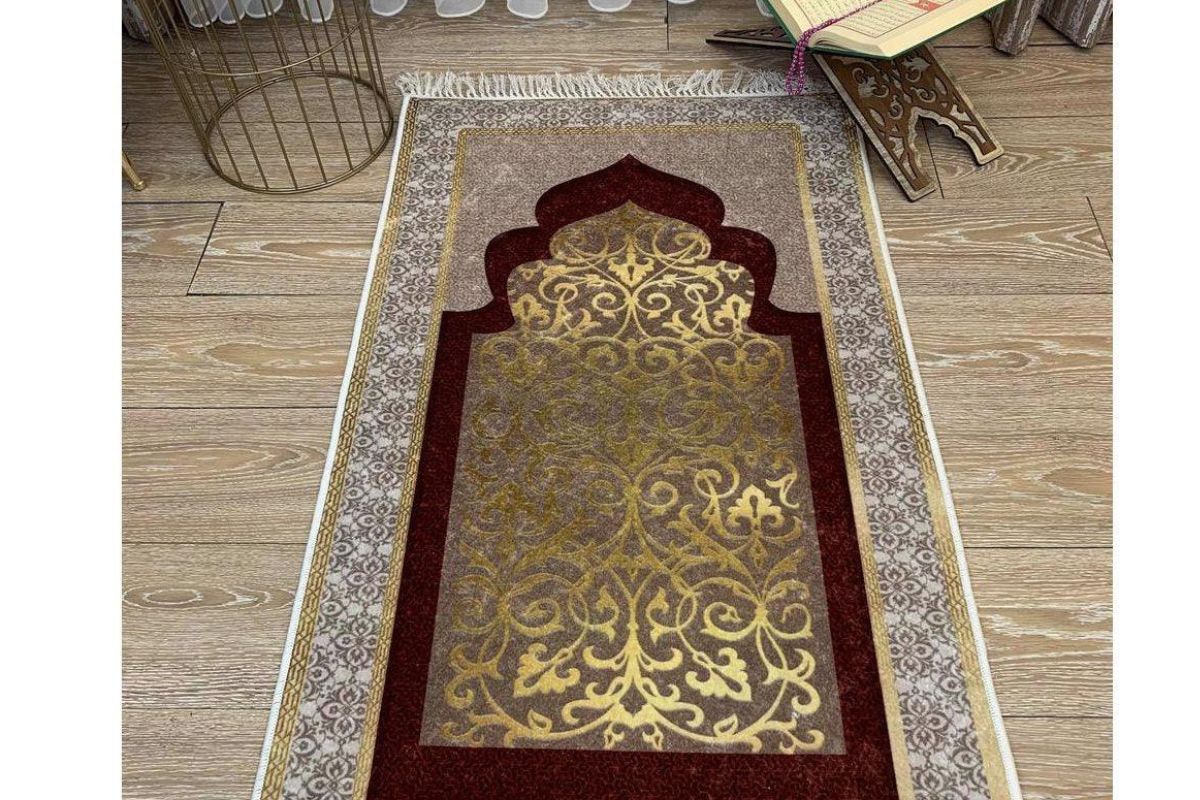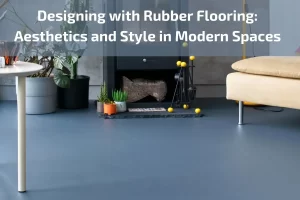Prayer is an integral part of Islamic culture, a sacred ritual that connects Muslims with their faith and serves as a direct means of communication with the Divine. Central to this ritual is the use of prayer mats, which hold profound significance in Islamic culture and tradition. These simple yet symbolic pieces of fabric serve as more than just a place to kneel; they embody the essence of devotion, spirituality, and reverence in the practice of Islam.
Throughout the rich tapestry of Islamic history and tradition, prayer mats have played a pivotal role in the daily lives of Muslims around the world. From the grand mosques of bustling cities to the humble homes of remote villages, prayer mats serve as a constant reminder of the importance of prayer and the unbreakable bond between the believer and their Creator.
The Significance of Prayer Mats
Prayer mats hold profound significance across cultures and religions, serving as a tangible symbol of devotion, spirituality, and reverence. These simple yet powerful pieces of fabric play a pivotal role in various religious practices, including Islam, Judaism, and Buddhism, among others. The significance of prayer mats extends beyond their physical presence, encompassing spiritual symbolism, cultural traditions, and deeply rooted beliefs.
Historically, prayer mats have been integral to religious rituals and ceremonies, dating back centuries to ancient civilizations and spiritual traditions. In Islam, for example, prayer mats symbolize the sacred space where Muslims connect with Allah through the act of prayer, known as Salah. The use of a prayer mat helps create a clean and designated area for prayer, emphasizing the importance of purity and mindfulness in worship.
Beyond their practical function, prayer mats serve as a visual reminder of the spiritual journey and commitment to faith. The act of unrolling the mat, facing the qibla (the direction of the Kaaba in Mecca), and engaging in prayer rituals fosters a sense of connection with the divine and reinforces spiritual discipline and devotion.
Culturally, prayer mats reflect the unique traditions, beliefs, and artistic expressions of different communities and regions. From intricate geometric patterns in Islamic prayer rugs to colorful tapestries adorned with symbols of peace and enlightenment in Buddhist traditions, prayer mats encapsulate the rich tapestry of human spirituality and cultural heritage.
The significance of prayer mats extends beyond religious contexts, resonating with individuals seeking moments of solace, reflection, and connection with the divine. Whether used in private meditation or communal worship, prayer mats serve as sanctuaries for the soul, offering a sacred space for introspection, gratitude, and spiritual renewal.
In today’s fast-paced world, prayer mats continue to hold relevance as symbols of faith, resilience, and hope. As individuals navigate the complexities of modern life, prayer mats provide a tangible reminder of the enduring power of prayer, offering moments of serenity and transcendence in a tumultuous world.
Types of Prayer Mats
Prayer mats come in a variety of types, each reflecting unique designs, materials, and cultural influences. From traditional rugs steeped in centuries-old craftsmanship to modern interpretations tailored to contemporary lifestyles, prayer mats cater to diverse preferences and needs across different communities and traditions. Here are some common types of prayer mats:
Traditional Prayer Rugs:
- Woven from natural fibers such as wool or cotton, traditional prayer rugs feature intricate patterns and motifs inspired by regional artistry and cultural heritage.
- These rugs often include geometric designs, floral motifs, and intricate borders, symbolizing unity, harmony, and spiritual significance.
- Traditional prayer rugs may also incorporate symbols and imagery that hold religious or cultural significance, such as the mihrab (prayer niche) or the Tree of Life.
Travel Prayer Mats:
- Designed for portability and convenience, travel prayer mats are lightweight and compact, making them ideal for on-the-go worshipers or frequent travelers.
- Travel prayer mats are often made from durable materials such as polyester or nylon, offering durability and easy maintenance.
- These mats may feature foldable or roll-up designs, allowing them to be easily stored in luggage or carried in compact pouches.
Contemporary Prayer Mats:
- Reflecting modern aesthetics and design trends, contemporary prayer mats combine functionality with style, offering sleek and minimalist designs that appeal to modern sensibilities.
- Contemporary prayer mats may feature abstract patterns, minimalist graphics, or bold color schemes, catering to individuals seeking a modern interpretation of traditional prayer mats.
- These mats often incorporate innovative materials such as recycled fibers or eco-friendly fabrics, aligning with sustainable living principles and environmental consciousness.
Custom Prayer Mats:
- Tailored to individual preferences and specifications, custom prayer mats offer a personalized touch to the worship experience.
- Custom prayer mats may feature personalized embroidery, monograms, or inscriptions, allowing worshipers to imbue their mats with meaningful symbols or messages.
- These mats can be customized in terms of size, color, design, and materials, providing flexibility and creativity in creating a sacred space for prayer.
Children’s Prayer Mats:
- Designed with vibrant colors, playful patterns, and child-friendly motifs, children’s prayer mats cater to young worshipers and families seeking to instill religious values in their children.
- Children’s prayer mats may feature educational elements such as Arabic alphabets, Quranic verses, or Islamic stories, fostering a sense of learning and spiritual development.
- These mats are often made from soft and durable materials that are safe for children and easy to clean, ensuring a comfortable and engaging prayer experience for young users.
Choosing the Right Prayer Mat
Selecting the perfect prayer mat is a personal and meaningful decision that involves considerations of comfort, durability, size, design, and cultural significance. Here are some factors to keep in mind when choosing the right prayer mat:
Comfort and Texture:
- Consider the texture and feel of the prayer mat, as it will be the surface where you kneel and prostrate during prayer.
- Look for mats with soft and cushioned surfaces that provide comfort and support for your knees and feet.
- Test the texture of the mat to ensure it feels comfortable and conducive to prayer.
Size and Dimensions:
- Determine the appropriate size of the prayer mat based on your height, prayer posture, and available space for prayer.
- Ensure that the mat is large enough to accommodate your entire body comfortably during prayer, including space for prostration and bowing.
- Consider the dimensions of the prayer area where the mat will be placed, ensuring that it fits seamlessly within the designated space.
Material and Quality:
- Choose a prayer mat made from high-quality materials that offer durability and longevity.
- Common materials for prayer mats include wool, cotton, polyester, and silk, each offering unique qualities in terms of texture, durability, and maintenance.
- Consider the climate and environment where the prayer mat will be used, as certain materials may be more suitable for specific conditions.
Design and Aesthetic:
- Select a design and aesthetic that resonates with your personal preferences, cultural heritage, and spiritual beliefs.
- Explore a variety of designs, patterns, and motifs that reflect traditional or contemporary styles, including geometric patterns, floral designs, calligraphy, and symbolic imagery.
- Choose colors and motifs that evoke feelings of peace, serenity, and spiritual connection, creating a harmonious atmosphere for prayer.
Cultural and Symbolic Significance:
- Consider the cultural and symbolic significance of the prayer mat, especially if it holds religious or sentimental value.
- Explore mats that feature symbols, motifs, or verses from sacred texts that hold personal or spiritual significance for you.
- Embrace cultural traditions and heritage by choosing mats that reflect the artistic and spiritual traditions of your community or faith tradition.
Budget and Affordability:
- Determine your budget for purchasing a prayer mat and explore options within your price range.
- Keep in mind that higher-quality materials and craftsmanship may come at a higher cost but offer greater durability and longevity.
- Consider investing in a prayer mat that aligns with your needs, preferences, and values, prioritizing quality and comfort over price.
Maintaining and Caring for Prayer Mats
Maintaining and caring for your prayer mat is essential to preserve its beauty, functionality, and spiritual significance. By following proper maintenance techniques, you can ensure that your prayer mat remains clean, comfortable, and conducive to worship. Here are some tips for maintaining and caring for your prayer mat:
Regular Cleaning:
- Vacuum your prayer mat regularly to remove dust, dirt, and debris that may accumulate over time.
- Use a handheld vacuum or a vacuum cleaner with a soft brush attachment to gently clean the surface of the mat.
- Avoid using harsh chemicals or abrasive cleaners, as they may damage the fibers or colors of the prayer mat.
Spot Cleaning:
- Treat stains and spills on your prayer mat promptly to prevent them from setting into the fabric.
- Blot the stained area with a clean, damp cloth to absorb excess liquid and gently dab with a mild detergent solution.
- Rinse the area with water and allow it to air dry completely before using the prayer mat again.
Air Drying:
- After cleaning or spot treating your prayer mat, allow it to air dry thoroughly in a well-ventilated area.
- Avoid exposing the prayer mat to direct sunlight or high heat, as this may cause fading or damage to the fabric.
- Hang the prayer mat on a clothesline or lay it flat on a clean surface to ensure even drying.
Storage:
- Store your prayer mat in a clean, dry place when not in use to protect it from dust, moisture, and pests.
- Roll the prayer mat loosely to prevent creases or wrinkles in the fabric, and avoid folding it if possible.
- Consider using a dedicated storage bag or container to keep your prayer mat clean and protected when not in use.
Rotation:
- Rotate your prayer mat periodically to ensure even wear and tear on the fabric.
- Avoid placing heavy objects or furniture on top of the prayer mat, as this may cause compression or damage to the fibers over time.
- Use a cushioned surface or prayer rug pad underneath the mat for added comfort and protection.
Professional Cleaning:
- Consider professional cleaning services for deep cleaning and restoration of your prayer mat, especially if it is heavily soiled or stained.
- Find a reputable cleaner experienced in handling delicate fabrics and religious textiles to ensure the safety and integrity of your prayer mat.
Conclusion
In conclusion, prayer mats hold a special place in the hearts and minds of individuals around the world, serving as symbols of devotion, spirituality, and cultural heritage. From traditional rugs adorned with intricate designs to modern interpretations tailored to contemporary lifestyles, prayer mats encompass a rich tapestry of human creativity, faith, and tradition.








